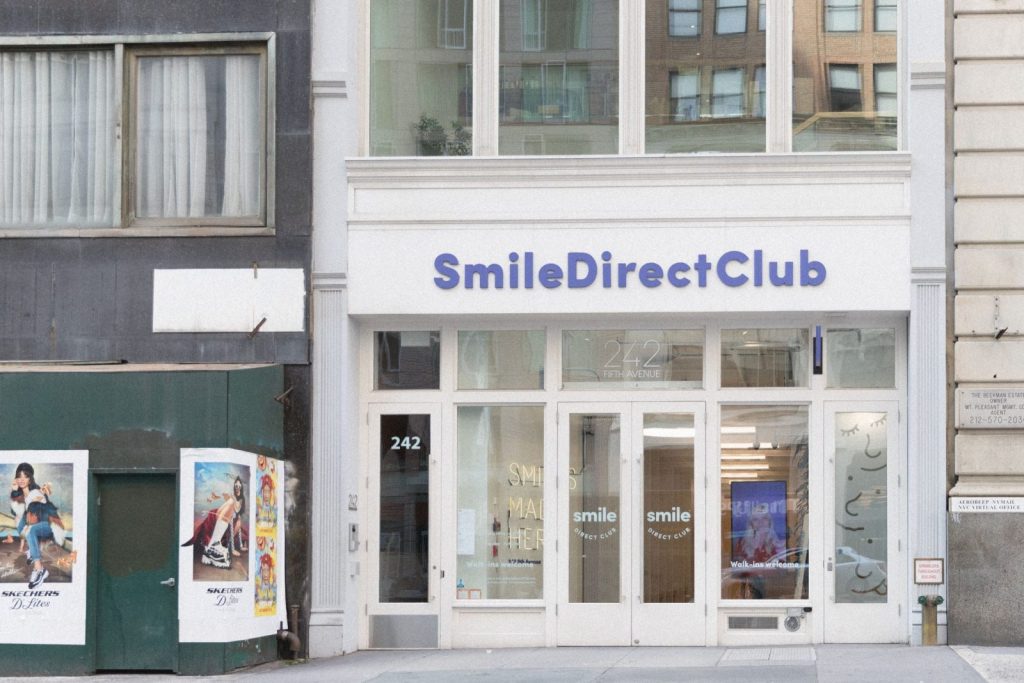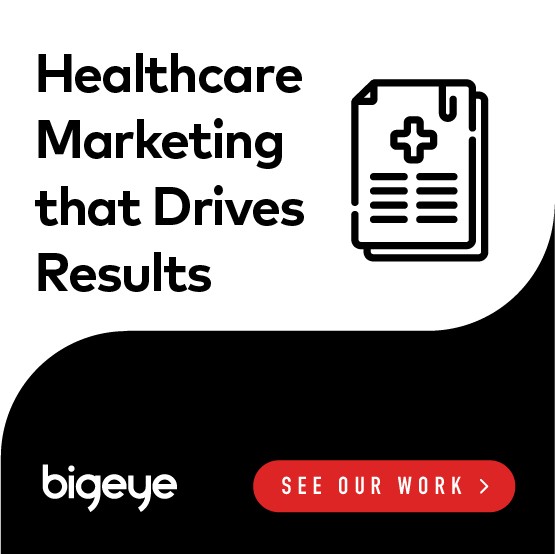
Healthcare and technology companies are quickly converging. Here’s what brands need to know about health and wellness marketing to take advantage.
A few years ago, tech visionary Marc Andreessen published a famous essay that asserted “software is eating the world.” Everywhere we look, companies are shaking off legacy or analog approaches in favor of software-driven innovations — and the healthcare industry is no exception. Tech and medicine are converging at a rapid rate, something that should be a dominant topic in any discussion of health and wellness marketing.
Why healthcare companies are tech companies
Not too long ago, healthcare was a reactive endeavor. People sought treatment when an acute medical issue arose and submitted to a perfunctory yearly physical examination.
Preventative medicine helped change that, as people began to seek more regular interactions with the healthcare system. Now, thanks to technology, consumers have become even more tightly integrated into the healthcare system.
Consider the case of Apple. Tim Cook, Apple CEO, recently said that he expects the company’s greatest contributions won’t come in the realm of communications or pure computing, but in healthcare.
The company’s Apple Watch is an example of a smart wearable device that can be used to gather real-time health data. That data can be analyzed by the watch owner or exported to the cloud and analyzed by a healthcare professional. Either way, it provides important bio-feedback that can be used to make much more informed healthcare treatment decisions.
The healthcare sector is an attractive opportunity for large tech firms such as Apple, as it represents about 18% of the total U.S. economy. Scrappy startups, too, are entering the space in force: Venture capitalists spent more than $20 billion backing healthcare plays in 2019.
How tech and medicine are converging
If you want to see some examples of tech and healthcare converging, 2019 provided no shortage. Here are a few of the most compelling trends that drew media attention in the last year:
- Bringing ancillary healthcare to your doorstep: Digital-first companies are providing a range of complementary healthcare services. Warby Parker offers prescription eyeglasses, Curology offers personalized acne and skin care treatments, Smile Direct Club provides dental care and teeth whitening. All of these services are available without a visit to a doctor’s office.
- Telemedicine: The Internet and mobile devices have freed us from the tyranny of proximity (although they’ve greatly increased the number of tedious conference calls we have to endure). This remote model has helped establish the field of telemedicine, where healthcare professionals can offer long-distance evaluations and consultations for both mental and physical health. For people in remote or rural areas without access to healthcare, this is often a huge benefit.
- Biotech breakthroughs: Technology is helping to unlock extraordinary new advances in medicine. Surgeons are operating with robots, human genes are being edited to help fight disease, targeted and personalized medicine promises to help us create customized drugs to work on a single person with maximum efficacy, face transplants have been performed, and what was once a figment of our imagination is now possible and happening thanks to technology. It is now even possible to create human organs via 3D printing.
Is your health and wellness marketing agency up to the task?
Technology and medicine are converging at a dizzying rate, leading to advances that would have seemed more like science fiction just a decade ago. Yet few pharma marketing agencies or medical device marketing agencies are keeping pace.
At BIGEYE, we understand health and wellness marketing on a fundamental level. If other healthcare advertising agencies aren’t serving your needs, we urge you to contact us today.




